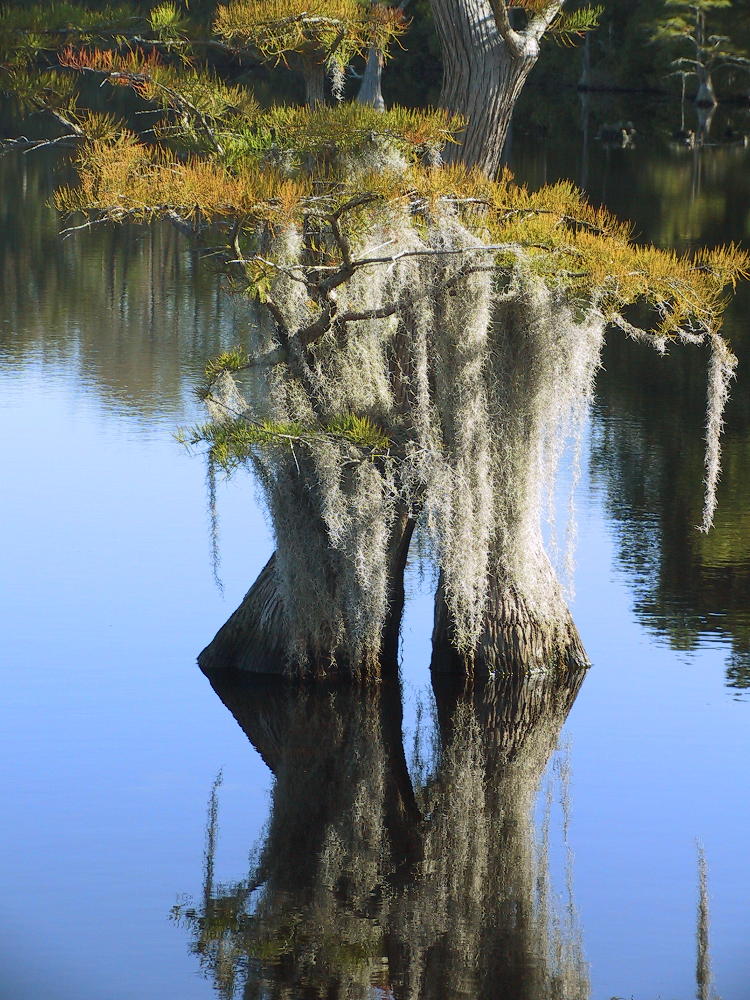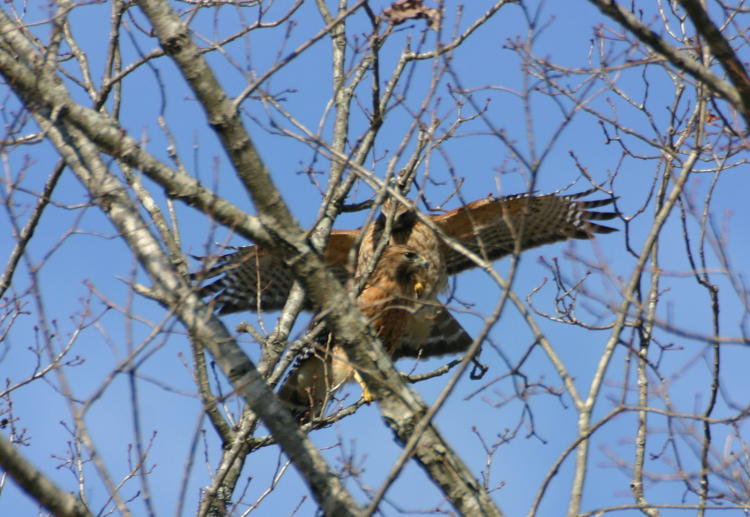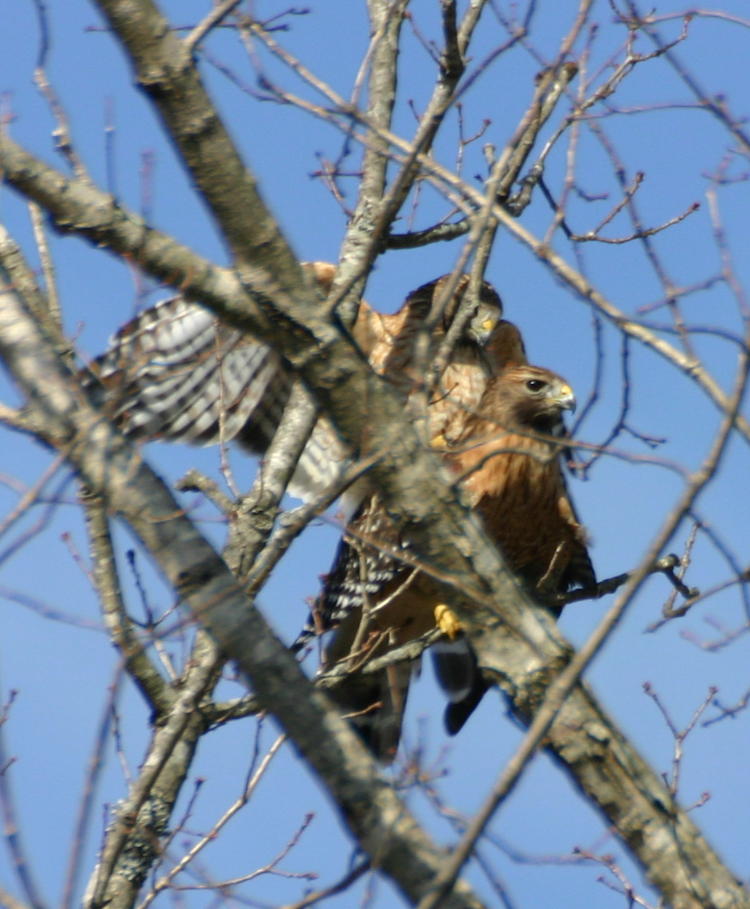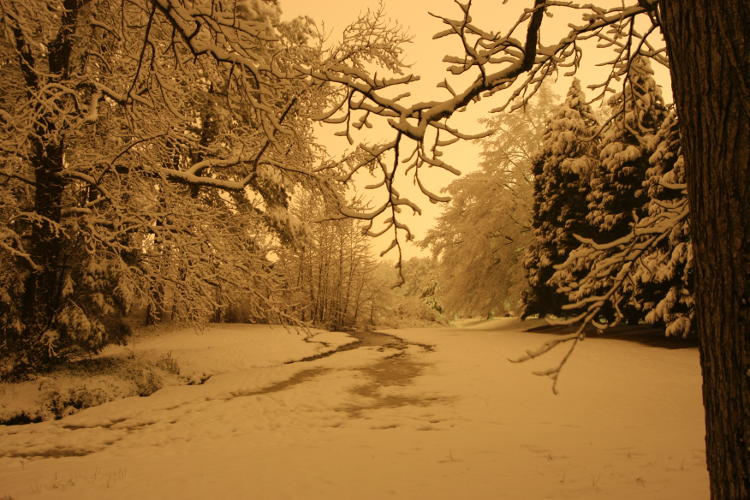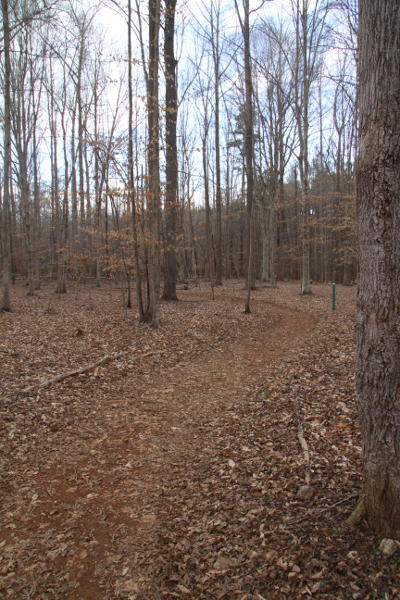 There are a handful of benefits to maintaining a blog, especially if you do something “professionally” (leave the comments be,) among them providing backstories or amusing anecdotes, passing along tips, and just the general reassurance to everyone that you’re remaining active, and of course this bit requires regular content (which in and of itself provides writing exercise and a quest for new topics.) The rot sets in when there’s too little to write about, even when you make the effort. You might take that to mean this post will be less long-winded than my normal fare, and you’d be wrong.
There are a handful of benefits to maintaining a blog, especially if you do something “professionally” (leave the comments be,) among them providing backstories or amusing anecdotes, passing along tips, and just the general reassurance to everyone that you’re remaining active, and of course this bit requires regular content (which in and of itself provides writing exercise and a quest for new topics.) The rot sets in when there’s too little to write about, even when you make the effort. You might take that to mean this post will be less long-winded than my normal fare, and you’d be wrong.
I set out today (today being Friday and not whatever date this actually posts, but it’s still 11:57 PM right this second,) to check out one of four potential areas for nature photography – new to me, and in some cases not known very well among the public at large. The goal, besides just getting out to chase pics, was to discover some hidden gem that would provide plenty of opportunities for photos without, you know, beach trips and all that. This was not to be, but in all fairness, it’s still freaking winter, despite some warmer temperatures for a small portion of the day, and nothing is really growing yet. My destination is remaining nameless for the time being; as unimpressed as I was, there remains a chance of it getting much better in true spring. If it doesn’t, I’ll trash it in a post then.
It was sunny when I walked out the door, but I drove into mixed clouds in the ten-minute trip, and most of the excursion was spent in near-overcast. In scattered locations were trout lilies, an early bloomer in the region, and a handful of Virginia spring beauty (Claytonia virginica) blossoms peeking through here and there.

Green was barely visible anywhere, the ground was littered with fallen trees by the dozens, and there wasn’t a living thing to be seen. Worse, however, was the constant background whine of I-40, not far enough in the distance – not exactly the kind of mood you hope to evoke when hiking in a ‘remote’ area.
The sun finally did make an appearance after I’d made it down to the creekside, at least. I had hoped this was for good, because it had been chillier than I liked, and I’d dressed a little too lightly for the wind (I know better.)
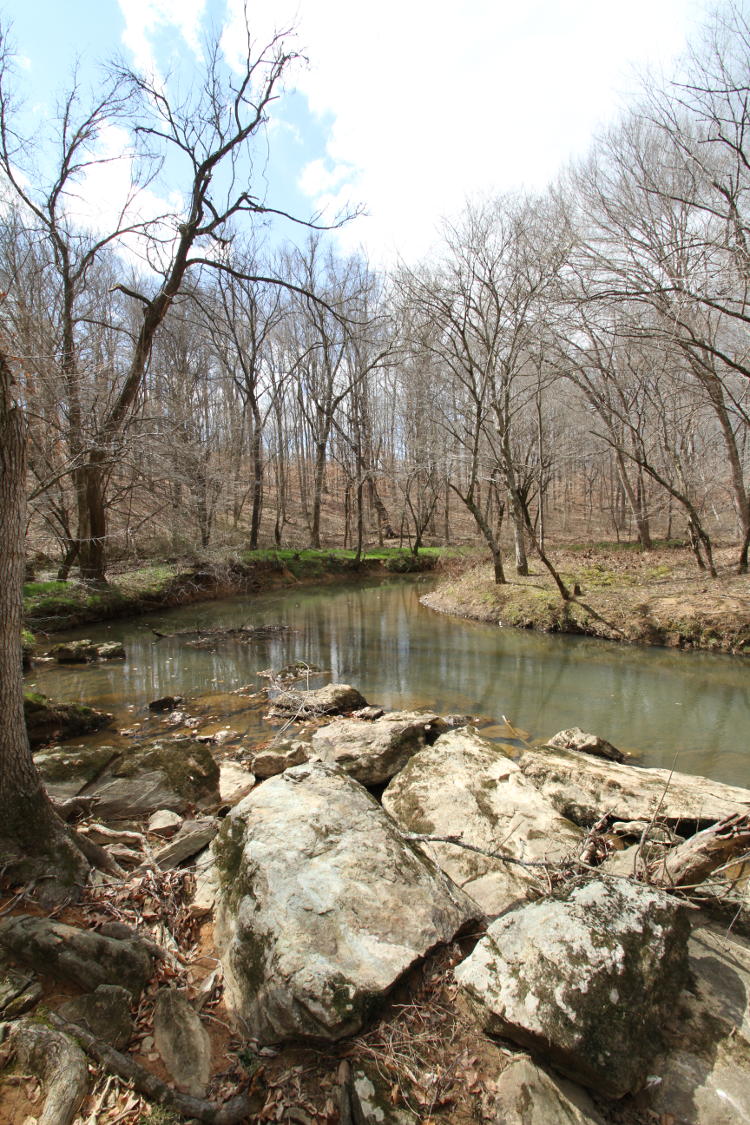
Near the water, I could hear a red-shouldered hawk, a downy woodpecker, and a handful of songbirds, but got just the barest glimpse of the latter. The water was the most visibly moving thing, and that wasn’t notable.
Not ten minutes later, the sky clouded over with vigor and the wind started to almost howl, setting all the trees swaying and convincing me, despite the weather reports, that a storm was blowing in fast.
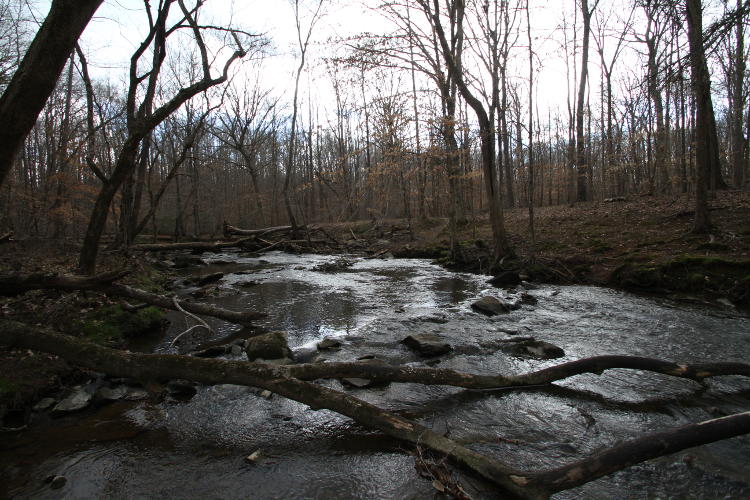
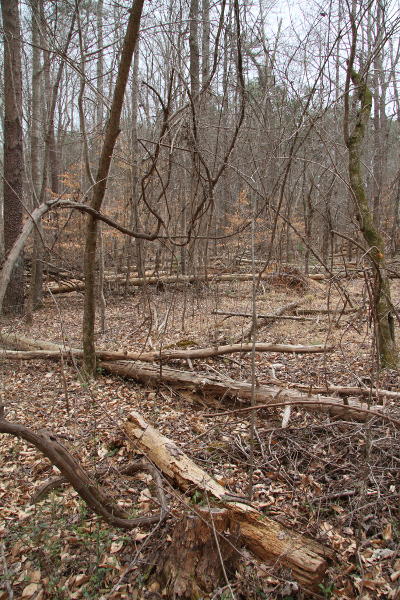 I’d checked the trail map before setting out and knew I wasn’t quite halfway along it, so I backtracked to take the shortest route back to the car. The entire way I listened to the wind whoosh and roar among the trees and, taking a hint from the voluminous fallen trunks, paid close attention to any sign of cracks or rumbles that might signify a tree falling – I did indeed hear one, far off to the side, but luckily saw nothing fall while I was out there. And it did start raining, but in a halfhearted manner that by itself wouldn’t have been enough to end my photographic efforts; coupled with the wind and overcast though, there was a threat of it getting much worse, plus the lack of anything interesting to be found, so I cut the trip short. I will return again in a month or so when things really start growing here, to see if the region gets a bit better, but overall, the conditions weren’t impressing me at all, and about the only thing I could hope for is that it’s a haven for deer or something; nothing that I saw pegged it as being a good habitat for much else, at least during the day. It might be a great spot for raccoons, skunks, opossums, foxes, and snakes, but they’re generally active at night and the area closes at dusk, like virtually every place within driving distance.
I’d checked the trail map before setting out and knew I wasn’t quite halfway along it, so I backtracked to take the shortest route back to the car. The entire way I listened to the wind whoosh and roar among the trees and, taking a hint from the voluminous fallen trunks, paid close attention to any sign of cracks or rumbles that might signify a tree falling – I did indeed hear one, far off to the side, but luckily saw nothing fall while I was out there. And it did start raining, but in a halfhearted manner that by itself wouldn’t have been enough to end my photographic efforts; coupled with the wind and overcast though, there was a threat of it getting much worse, plus the lack of anything interesting to be found, so I cut the trip short. I will return again in a month or so when things really start growing here, to see if the region gets a bit better, but overall, the conditions weren’t impressing me at all, and about the only thing I could hope for is that it’s a haven for deer or something; nothing that I saw pegged it as being a good habitat for much else, at least during the day. It might be a great spot for raccoons, skunks, opossums, foxes, and snakes, but they’re generally active at night and the area closes at dusk, like virtually every place within driving distance.
There’s one more aspect that gives it potential, however: while this region is literally overrun with hateful and ugly longneedle pines, just about every tree that I saw here was deciduous, and the guide says that it’s home to maples, oaks, and hickories. That means the spring and summer months may be fairly picturesque, but the fall might be among the best views within easy reach. The only other area that features a nice blend of trees is open to hunters as soon as it gets colorful, except for the weekends when then you have to contend with too many hikers, that don’t feel their dogs should be leashed. So a relatively unknown public area with a variety of trees is promising, at least.
The entry drive bordered an old farm meadow that was lined with blossoming trees (that I’m not going to bother identifying,) so I shot a couple of quick compositions on the way out, just because I didn’t want to ignore the meager evidence of spring that could be seen.
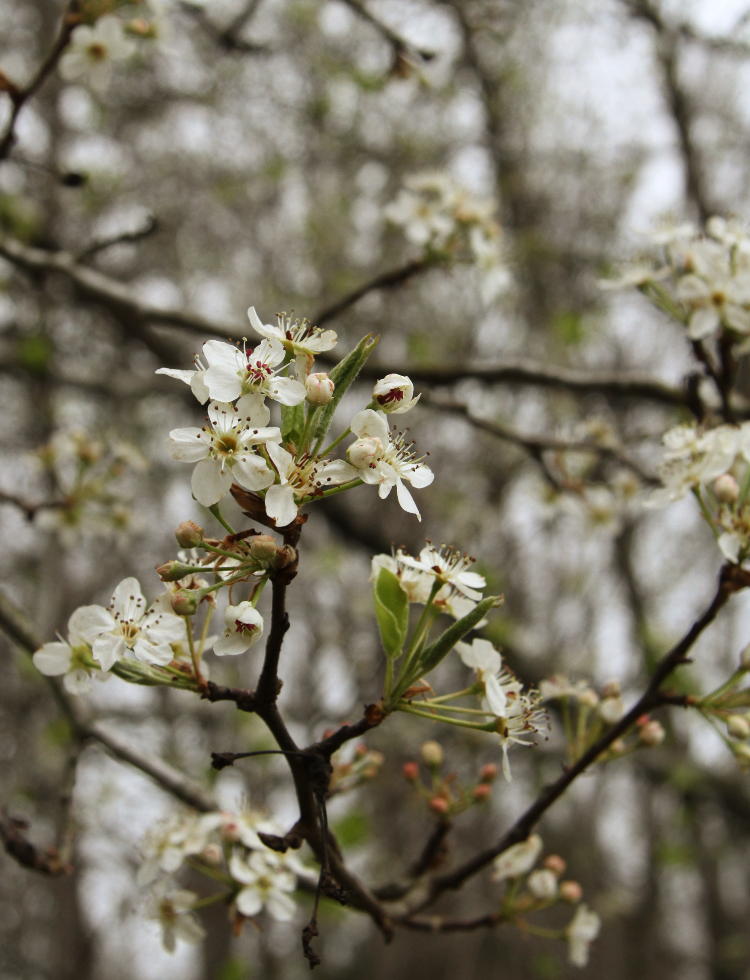
Okay, they’re probably cherries – looks about right for them, anyway.
Later the same day as the sun was setting, the wind was still gusting excitedly but the clouds were scattered, and I didn’t want to ignore the potential of a decent sunset, so I scampered over to the pond to see what was happening. This time I included my light jacket, but the temperature had dropped further than I thought and the wind made it pretty bitter out there – as The Girlfriend noted, it was easy to believe that it might snow, even though the temperatures weren’t predicted to come anywhere close. In the meantime, I watched the sky to see what would brew up.
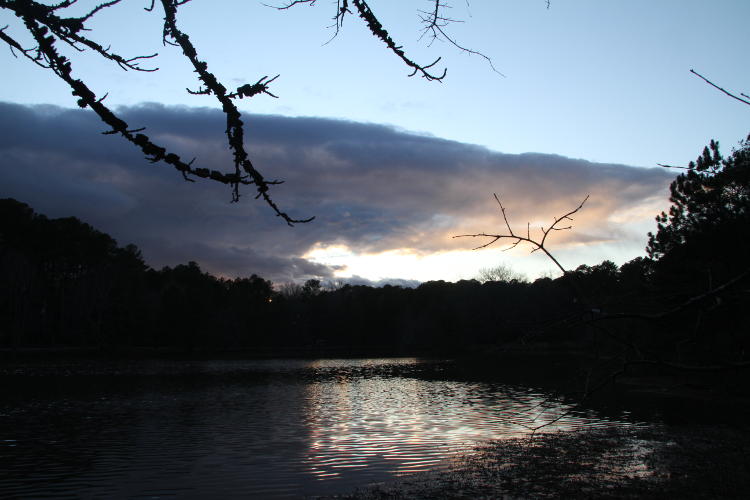
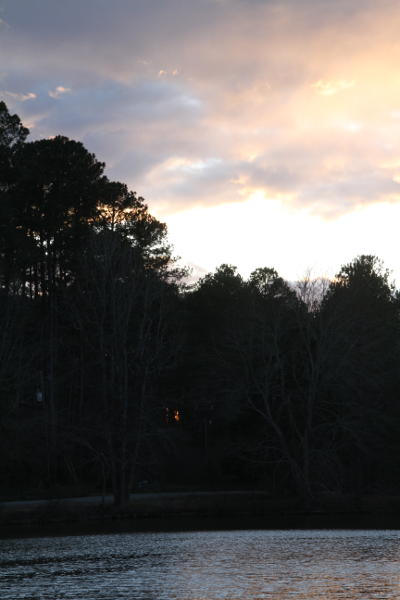 The scattered clouds were clearing fast, as it is wont to do at sunset around here, for some reason – my recent trip to New York reminded me that not every place is like this. I knew the low clouds might catch any kind of light as the sun rolled off over the horizon, so I kept watching. Meanwhile, as an illustration, the image at left shows the sun just barely peeking through the trees surrounding the pond, not yet technically “set” though having been out of sight for several minutes by this point. It was this kind of thing that prevented me from getting sunset pics for so long, because the close trees limit what can be seen throughout the area. Wide open spaces tend to work better, with of course some foreground interest, and this generally means open fields or lakeshores or beaches, none of which have been within easy reach where I’ve lived for the past, oh, sixteen years or so? I’ve done a few quick trips to local vistas for sunsets, and the wild variability of sunsets in general thwarted those attempts more often than not – that’s why I take advantage of the beach trips.
The scattered clouds were clearing fast, as it is wont to do at sunset around here, for some reason – my recent trip to New York reminded me that not every place is like this. I knew the low clouds might catch any kind of light as the sun rolled off over the horizon, so I kept watching. Meanwhile, as an illustration, the image at left shows the sun just barely peeking through the trees surrounding the pond, not yet technically “set” though having been out of sight for several minutes by this point. It was this kind of thing that prevented me from getting sunset pics for so long, because the close trees limit what can be seen throughout the area. Wide open spaces tend to work better, with of course some foreground interest, and this generally means open fields or lakeshores or beaches, none of which have been within easy reach where I’ve lived for the past, oh, sixteen years or so? I’ve done a few quick trips to local vistas for sunsets, and the wild variability of sunsets in general thwarted those attempts more often than not – that’s why I take advantage of the beach trips.
That one cloud up there wasn’t moving much, and no others were blowing through or developing, but at least it produced some light wisps at one point. This might have been a light rain shower, one that may not have even reached the ground, or it could only have been wisps too low to catch the sunlight anymore.

I remembered my own advice about watching all of the sky, in every direction, and could seem some thin scattered clouds hanging out near a bright moon. I was hoping that the sun would throw some nice color on them, knowing the moon would remain bright white in contrast, but as the light was reaching the right angle the clouds were vanishing, so all I got was the faintest hint of pink in the sky.

Meanwhile, that sole cloud in the west was disappearing itself, remaining around long enough to catch just a little more color from the evening – by itself pretty lackluster, but it served as a backdrop for the withering spring blossoms of a (still unidentified) tree on the pond edge.
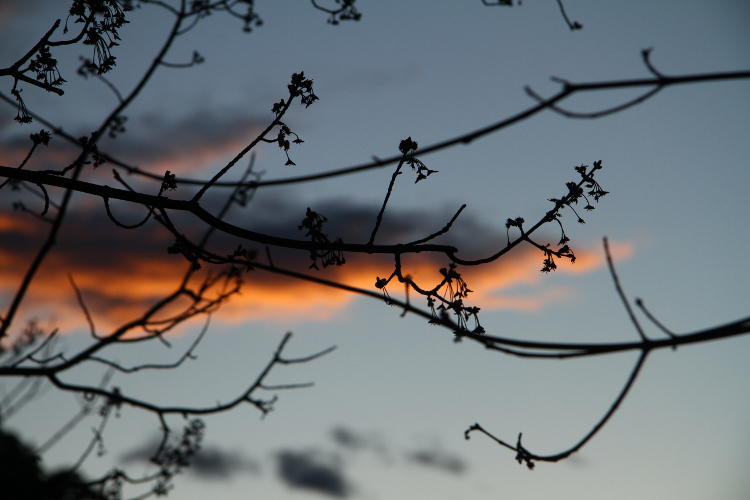
Yeah, too similar to what I’ve done before, but the pond itself doesn’t have a lot to work with either, and only gets strong when a large portion of the western sky turns colors and reflects in the water. Even the geese remained put, and a lone cormorant wheeled against the blank sky as the last of the light was fading. Not a lot to add to the folders, and I’m glad I didn’t make a lot of effort reaching either of these places.
Even the moon phase doesn’t show a lot, being too close to full, but the details around the edges intrigued me, so not long before starting this post, I ventured out in full night and did a couple more frames at four times the focal length, just to try and feel like I got some keepers from the day. At the very least, the details from those were sharp, so I got that going for me. Which is nice.
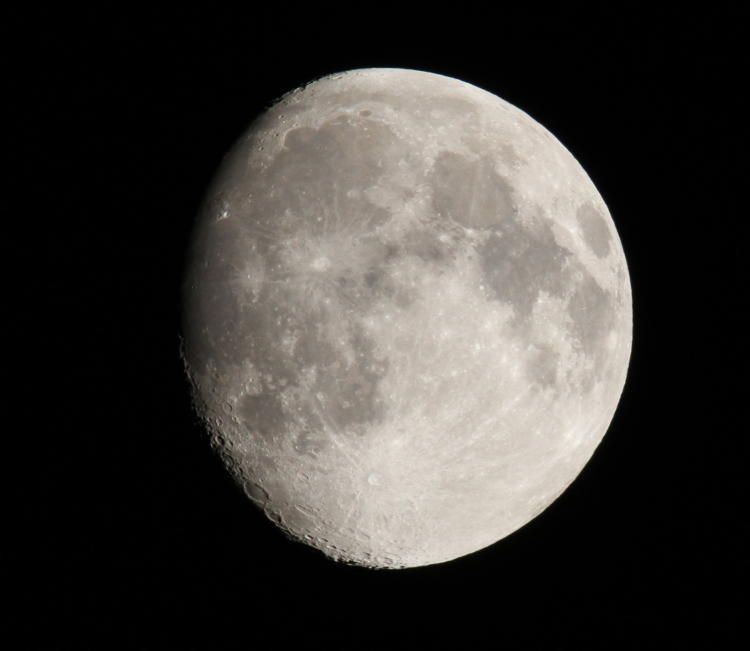
But yeah, things aren’t going to be too exciting on this blog until the season changes a lot more. Perhaps not even then, but right now I can blame it on the winter.
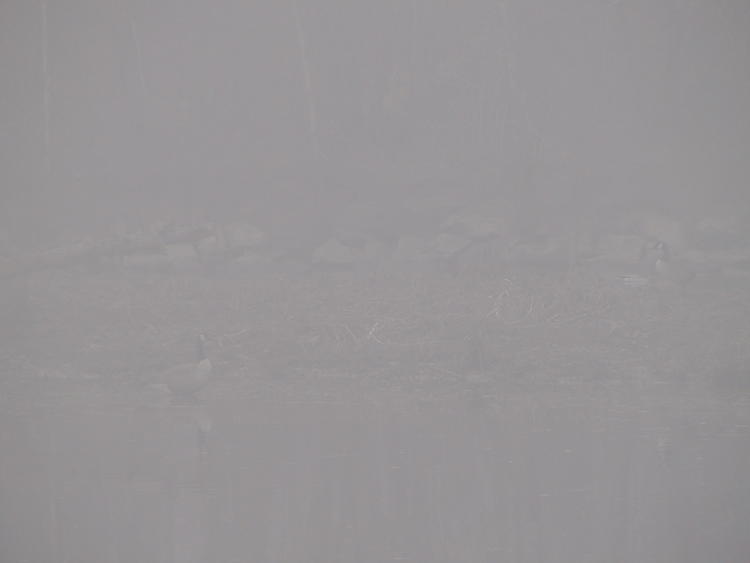
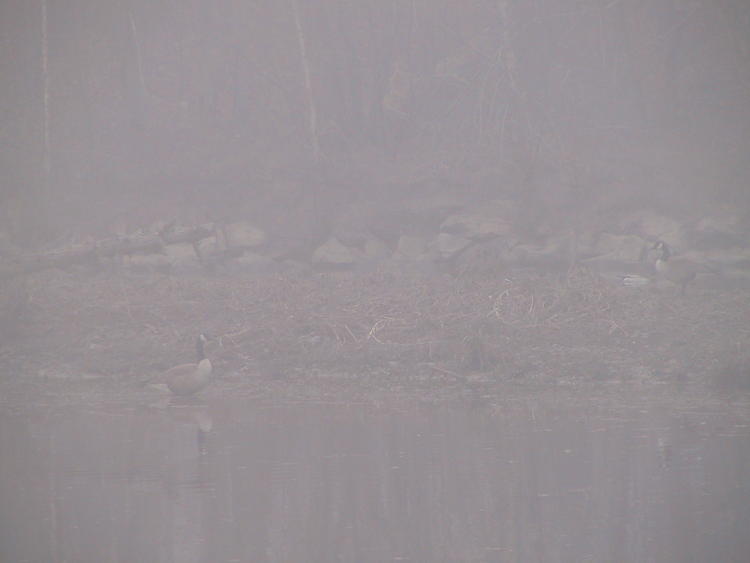





















































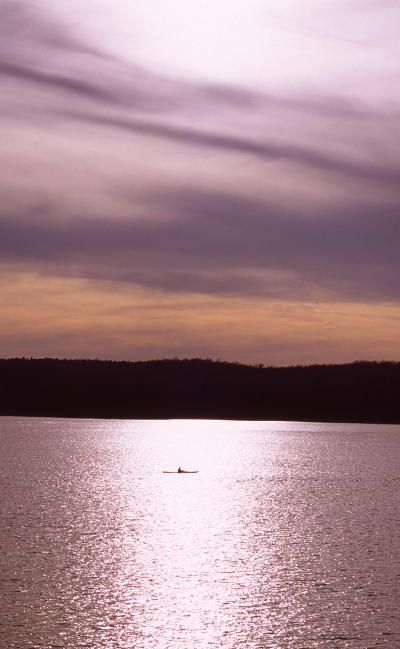 The image here was originally shot on slide film, many many years ago, and I think I’d scanned it for the Sunday Slide posts that took place back in 2017, but never used it then, and it’s been sitting in the blog folder ever since (far from being the oldest in there, too.) The thing is, I’ve always liked it, but felt there was something just a little amiss. It’s the kind of abstract that largely stands by itself, yet didn’t quite feel strong enough to throw up as a random pic, nor was it considered for any of the end-of-month abstracts because I try to use something current for those.
The image here was originally shot on slide film, many many years ago, and I think I’d scanned it for the Sunday Slide posts that took place back in 2017, but never used it then, and it’s been sitting in the blog folder ever since (far from being the oldest in there, too.) The thing is, I’ve always liked it, but felt there was something just a little amiss. It’s the kind of abstract that largely stands by itself, yet didn’t quite feel strong enough to throw up as a random pic, nor was it considered for any of the end-of-month abstracts because I try to use something current for those.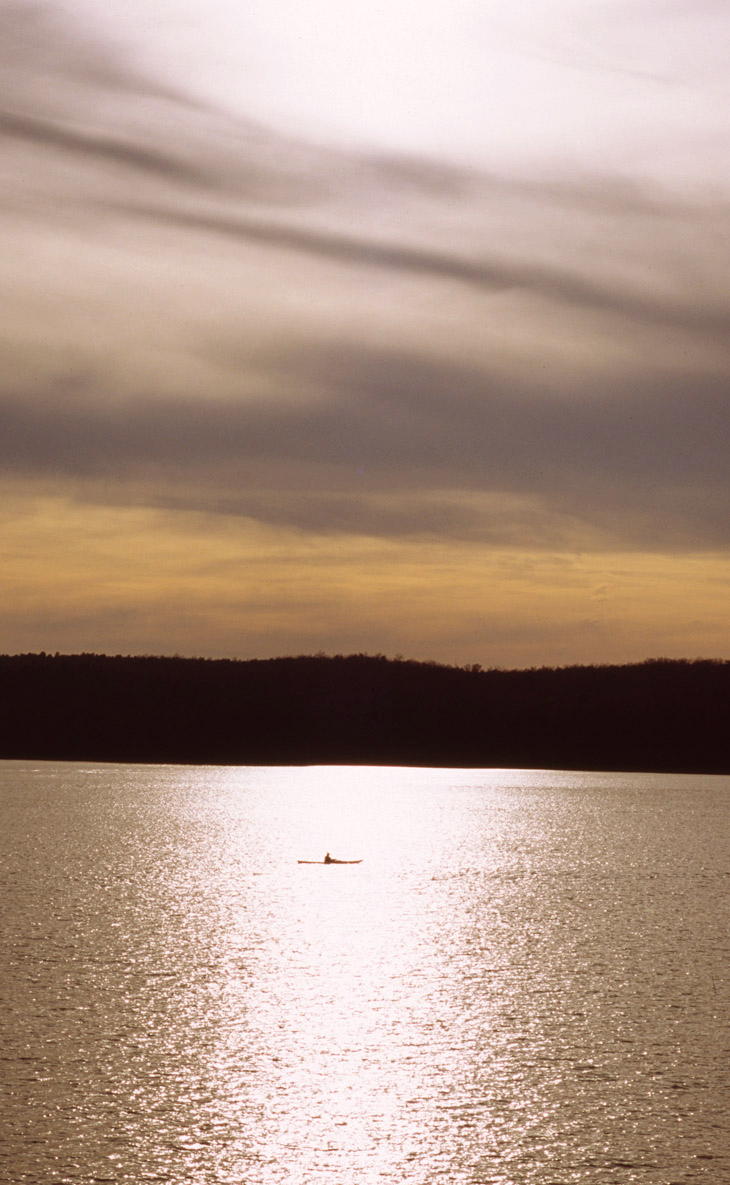
 There are a handful of benefits to maintaining a blog, especially if you do something “professionally” (leave the comments be,) among them providing backstories or amusing anecdotes, passing along tips, and just the general reassurance to everyone that you’re remaining active, and of course this bit requires regular content (which in and of itself provides writing exercise and a quest for new topics.) The rot sets in when there’s too little to write about, even when you make the effort. You might take that to mean this post will be less long-winded than my normal fare, and you’d be wrong.
There are a handful of benefits to maintaining a blog, especially if you do something “professionally” (leave the comments be,) among them providing backstories or amusing anecdotes, passing along tips, and just the general reassurance to everyone that you’re remaining active, and of course this bit requires regular content (which in and of itself provides writing exercise and a quest for new topics.) The rot sets in when there’s too little to write about, even when you make the effort. You might take that to mean this post will be less long-winded than my normal fare, and you’d be wrong.


 I’d checked the trail map before setting out and knew I wasn’t quite halfway along it, so I backtracked to take the shortest route back to the car. The entire way I listened to the wind whoosh and roar among the trees and, taking a hint from the voluminous fallen trunks, paid close attention to any sign of cracks or rumbles that might signify a tree falling – I did indeed hear one, far off to the side, but luckily saw nothing fall while I was out there. And it did start raining, but in a halfhearted manner that by itself wouldn’t have been enough to end my photographic efforts; coupled with the wind and overcast though, there was a threat of it getting much worse, plus the lack of anything interesting to be found, so I cut the trip short. I will return again in a month or so when things really start growing here, to see if the region gets a bit better, but overall, the conditions weren’t impressing me at all, and about the only thing I could hope for is that it’s a haven for deer or something; nothing that I saw pegged it as being a good habitat for much else, at least during the day. It might be a great spot for raccoons, skunks, opossums, foxes, and snakes, but they’re generally active at night and the area closes at dusk, like virtually every place within driving distance.
I’d checked the trail map before setting out and knew I wasn’t quite halfway along it, so I backtracked to take the shortest route back to the car. The entire way I listened to the wind whoosh and roar among the trees and, taking a hint from the voluminous fallen trunks, paid close attention to any sign of cracks or rumbles that might signify a tree falling – I did indeed hear one, far off to the side, but luckily saw nothing fall while I was out there. And it did start raining, but in a halfhearted manner that by itself wouldn’t have been enough to end my photographic efforts; coupled with the wind and overcast though, there was a threat of it getting much worse, plus the lack of anything interesting to be found, so I cut the trip short. I will return again in a month or so when things really start growing here, to see if the region gets a bit better, but overall, the conditions weren’t impressing me at all, and about the only thing I could hope for is that it’s a haven for deer or something; nothing that I saw pegged it as being a good habitat for much else, at least during the day. It might be a great spot for raccoons, skunks, opossums, foxes, and snakes, but they’re generally active at night and the area closes at dusk, like virtually every place within driving distance.

 The scattered clouds were clearing fast, as it is wont to do at sunset around here, for some reason – my recent trip to New York
The scattered clouds were clearing fast, as it is wont to do at sunset around here, for some reason – my recent trip to New York 



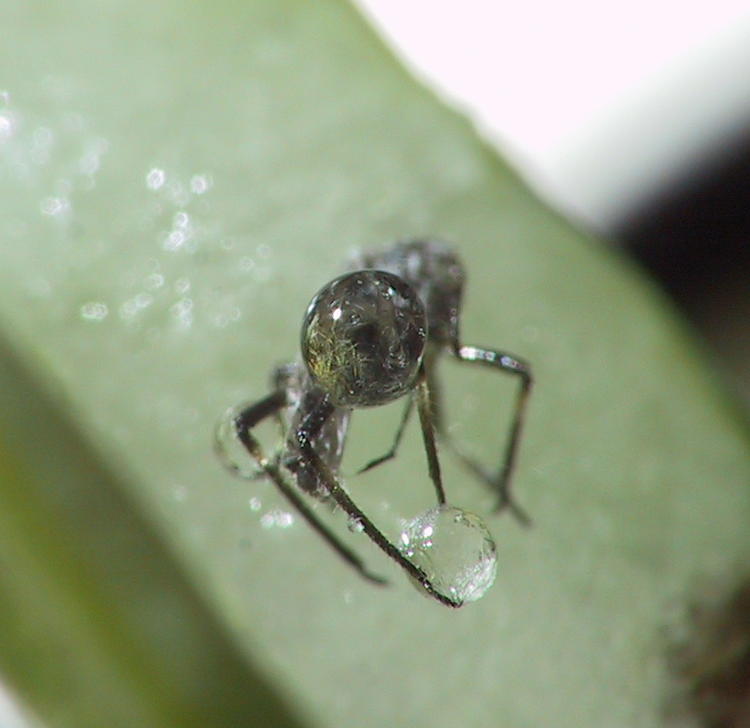

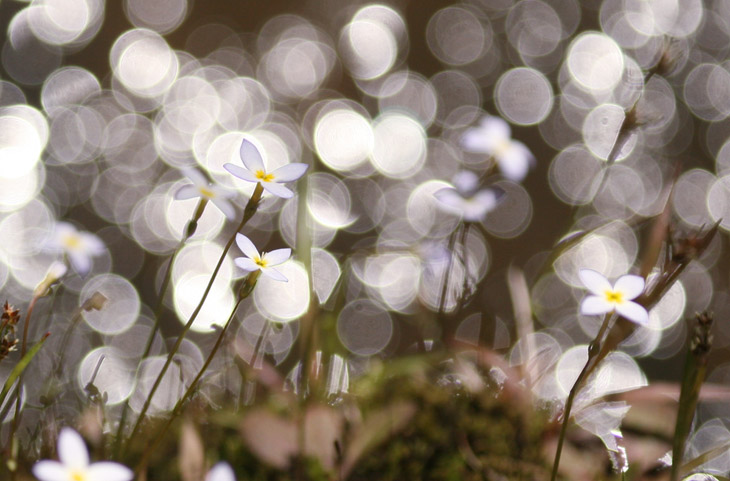
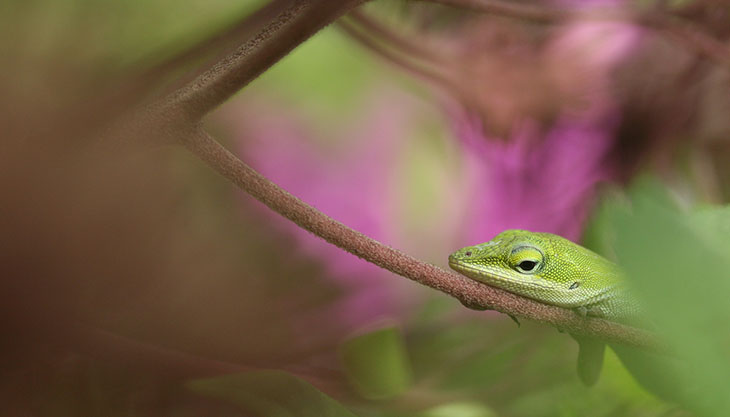
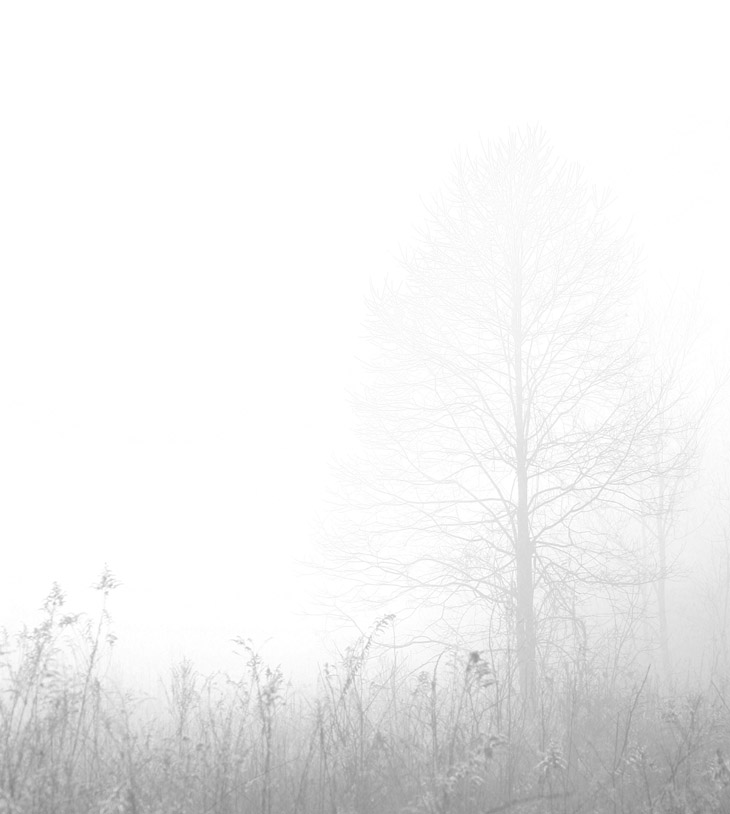


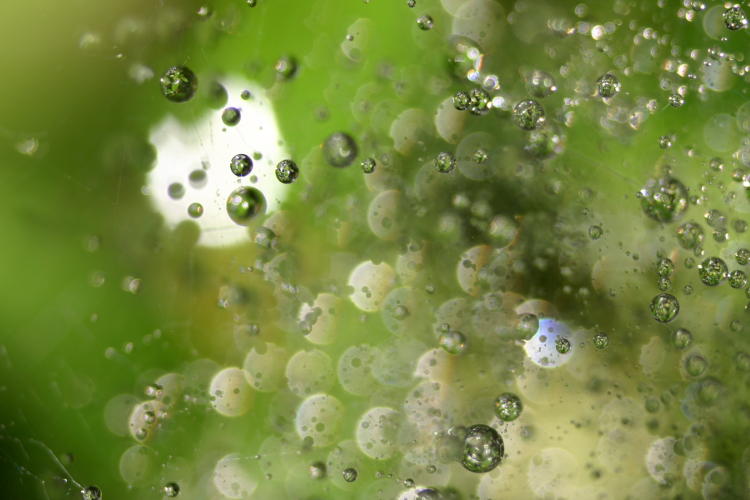




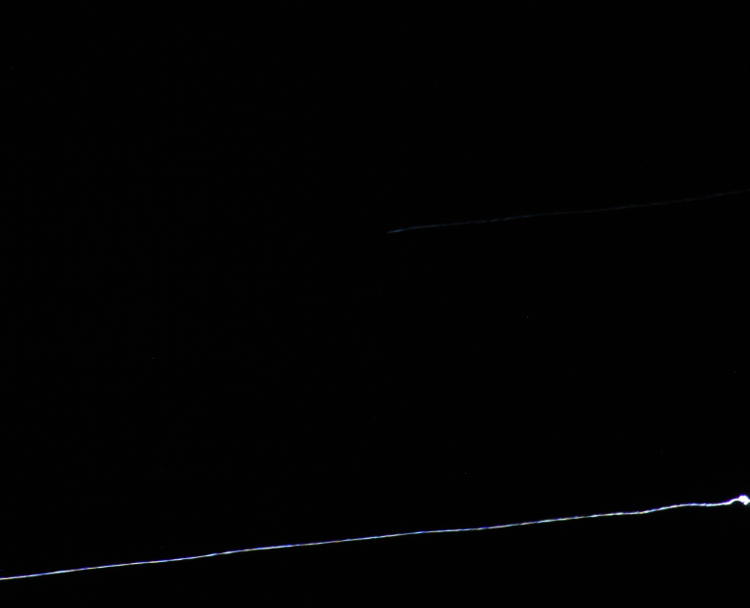
 I’ve got some current content that will be coming soon, but I’m a little tired right now and have to crash for a short while, and by the time I’m awake again it’ll be tomorrow, so I’m sneaking this in now, a trivial thing but it’s been on my mind for a couple of days.
I’ve got some current content that will be coming soon, but I’m a little tired right now and have to crash for a short while, and by the time I’m awake again it’ll be tomorrow, so I’m sneaking this in now, a trivial thing but it’s been on my mind for a couple of days.